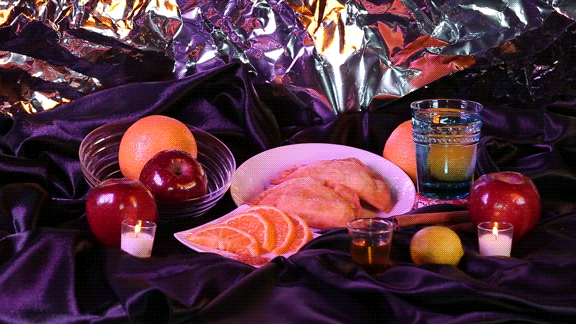From October 31 to November 2, people across Latin America lovingly memorialize their deceased relatives and friends in a joyous ceremony. Taking place between Halloween and All Souls Day, Día de Muertos celebrations take many forms across the Americas. In some countries, people spend the day at the cemetery visiting and cleaning the grave of the difunto. But in Mexico, an altar – or an ofrenda – is one of the main focal points of the holiday. The ofrenda must be in place by October 31, because at night, the deceased pop in for one night.
Rooted in pre-Hispanic traditions and mixed with elements of Christianity, the ofrendas – which can consist of several levels, depending on space – are a place of gathering. Not only do they unite the living and the dead, they’re also a space to share stories. Each family member contributes by talking about their history.
You can build ofrendas, which include items that reveal a little into the person you’re celebrating, anywhere within your home. Centered around the photos of a loved one, ofrendas typically commemorate those you knew personally. But it’s not rare to see ofrendas honoring celebrities, especially those we feel we know firsthand.
The beauty of these altars is they can take any shape and are highly customizable. But they should represent the four elements: fire (candles), wind (papel picado), earth (food), and water. While no two ofrendas are alike, here is a eight-step guide to get you started.
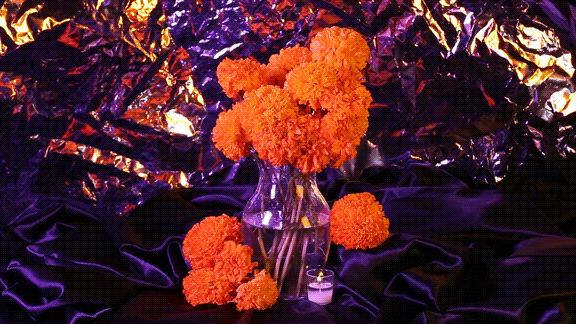
Cempazúchitl
Cempazúchitl, a word deriving from Náhuatl, are easily recognizable because of their golden yellow or copper-brown color, which represents the sun, and strong scent. Not only do the marigolds create a pretty and aromatic ambience, they also attract the souls of the dead. Scattered petals form a trail from the front door to the ofrenda, almost as if lighting the way. Marigolds are known for their medicinal properties and are also used to decorate graves.
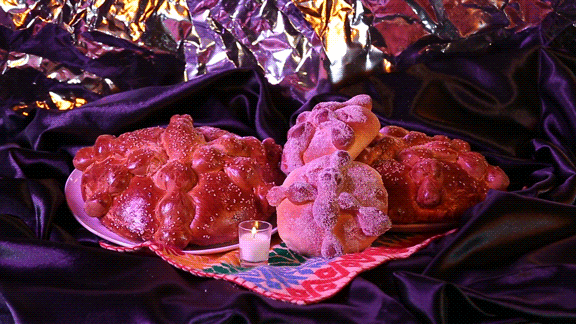
Pan de Muerto
Pan de Muerto, an aptly named pan dulce, is characterized by its criss-cross shape, which represent bones, and a single tear shape standing in for sorrow.
There are many theories about the origin of the bread, including that in pre-Columbian times, indigenous groups sacrificed a princess to the gods. The Spanish rejected the practice and supposedly introduced a sugary, heart-shaped bread made of wheat and painted red to symbolize blood.
The bread differs depending on region. Topped with sugar, sesame seed, or butter, the breads come with a variety of fillings, including cajeta, chocolate, and nata. Regardless, the pan de muerto – which usually has a spot at the top of the ofrenda – signals the generosity of the host and feeds the dead after a long, weary journey.
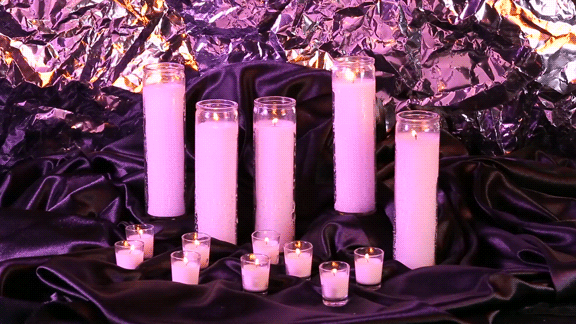
Candles
The flames of candles represent hope and faith. In the past, people used rajas de ocote, but now they use candles, which light the way. For certain indigenous groups, the number of candles stands in for the number of difuntos they are celebrating. Some use four candles, placed in the shape of a cross, to signify north, south, east, and west, which helps the souls orient themselves and find their way to the ofrenda. While white candles are common, purple – a mark of grief – is also used.
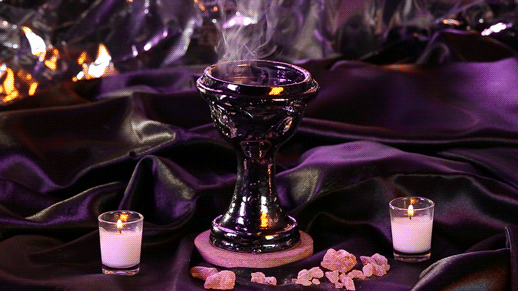
Copal Incense
Indigenous groups burned copal for several reasons, including as an offering to the gods and to cleanse the air to allow the spirits to enter without difficulty. The element stands in for praise and prayer, with the rising smoke taking the prayers to the gods.
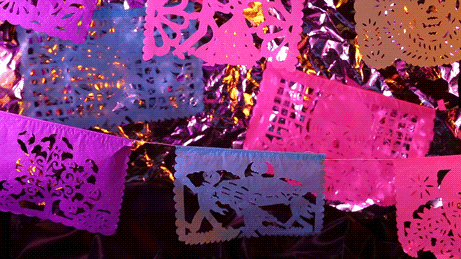
Papel Picado
Papel picado – a thin sheet of colorful paper with elaborate cut-out designs, such as animals, pumpkins, and skeletons – decorates the altar. The color yellow represents life, purple stands in for death, and orange serves as the union between life and death. Papel picado is associated with wind, because when the difunto has arrived the paper will move, alerting the host to their presence.
Drinks and Food
Everyone’s drink and food section will vary, but water, which quenches the soul’s thirst, is necessary. Water can symbolize the purity of the soul and the source of life. Fruits known for their fragrant nature are also placed on the ofrenda. While mole is a popular choice for ofrendas, you can display any kind of food as long as it’s one the difunto enjoyed. Altars dedicated to Selena, for example, almost always have a pepperoni pizza, because as her biopic notes, the singer could scarf down an entire medium pepperoni pizza by herself.
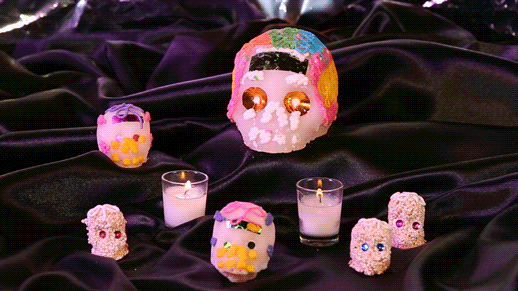
Sugar Skulls
Decorated with flowers and other designs, sugar skulls simultaneously represent death and the sweetness of life. Oftentimes, sugar skulls include the name of the difunto on the forehead.
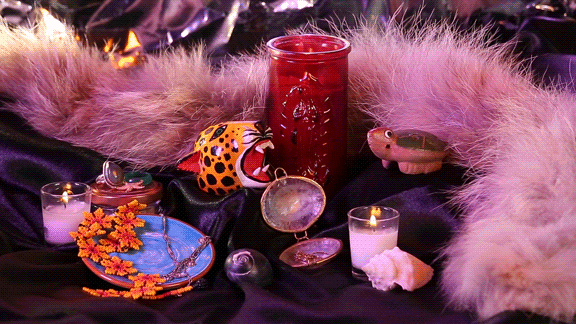
Personal Objects
No ofrenda is complete without a personal object that defines the person. This can range from something that represents a favorite pastime to an article of clothing. Toys are often included for children, who are celebrated on November 1. (Adults are honored on November 2.) With this part of the ofrenda, you’re aiming to make the difunto feel at home and comfortable.




